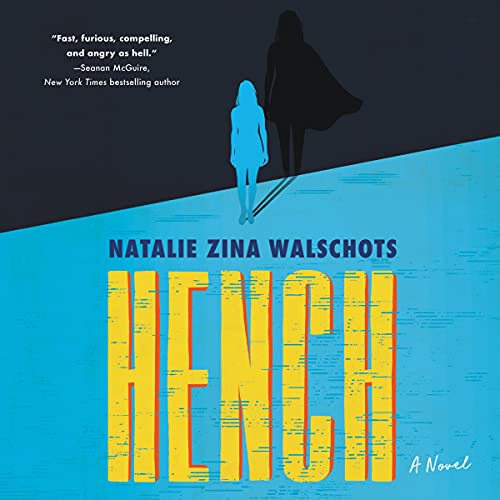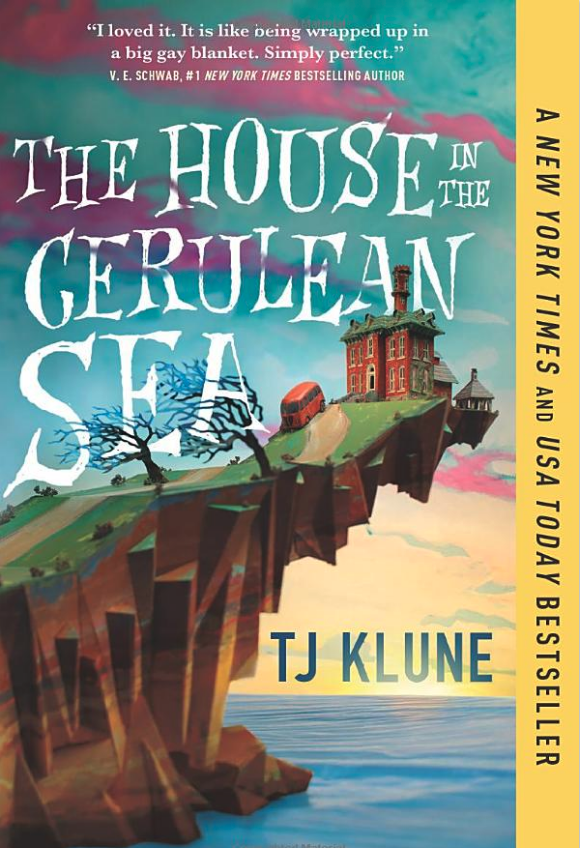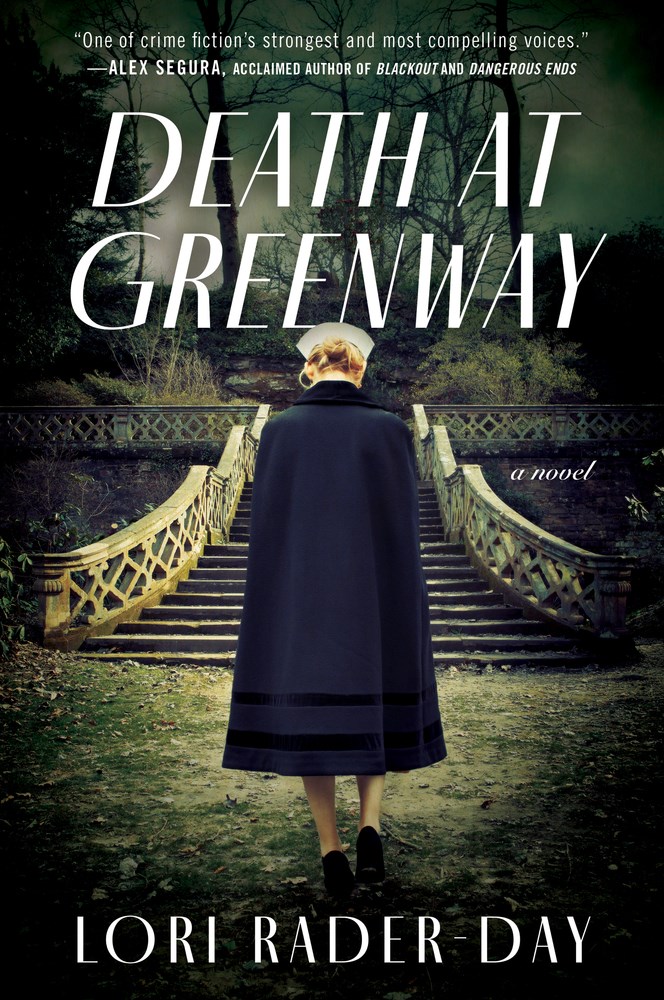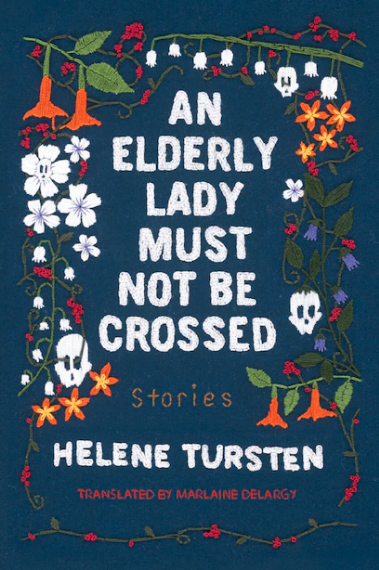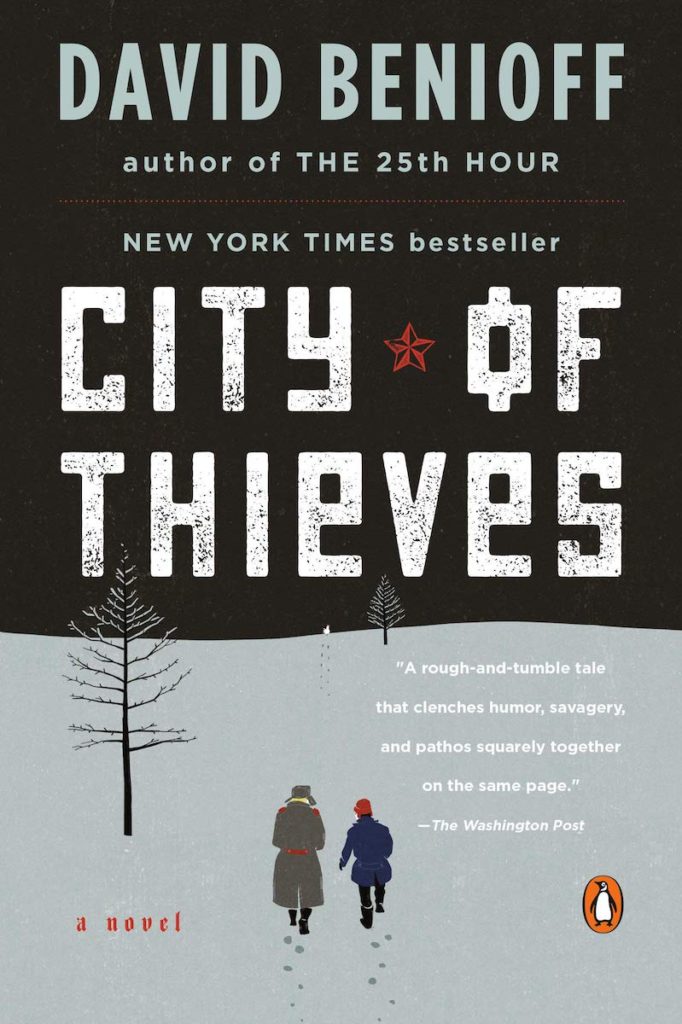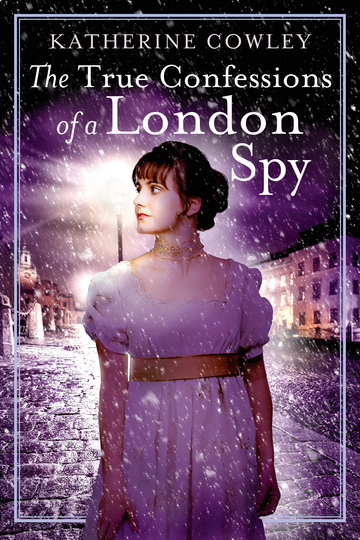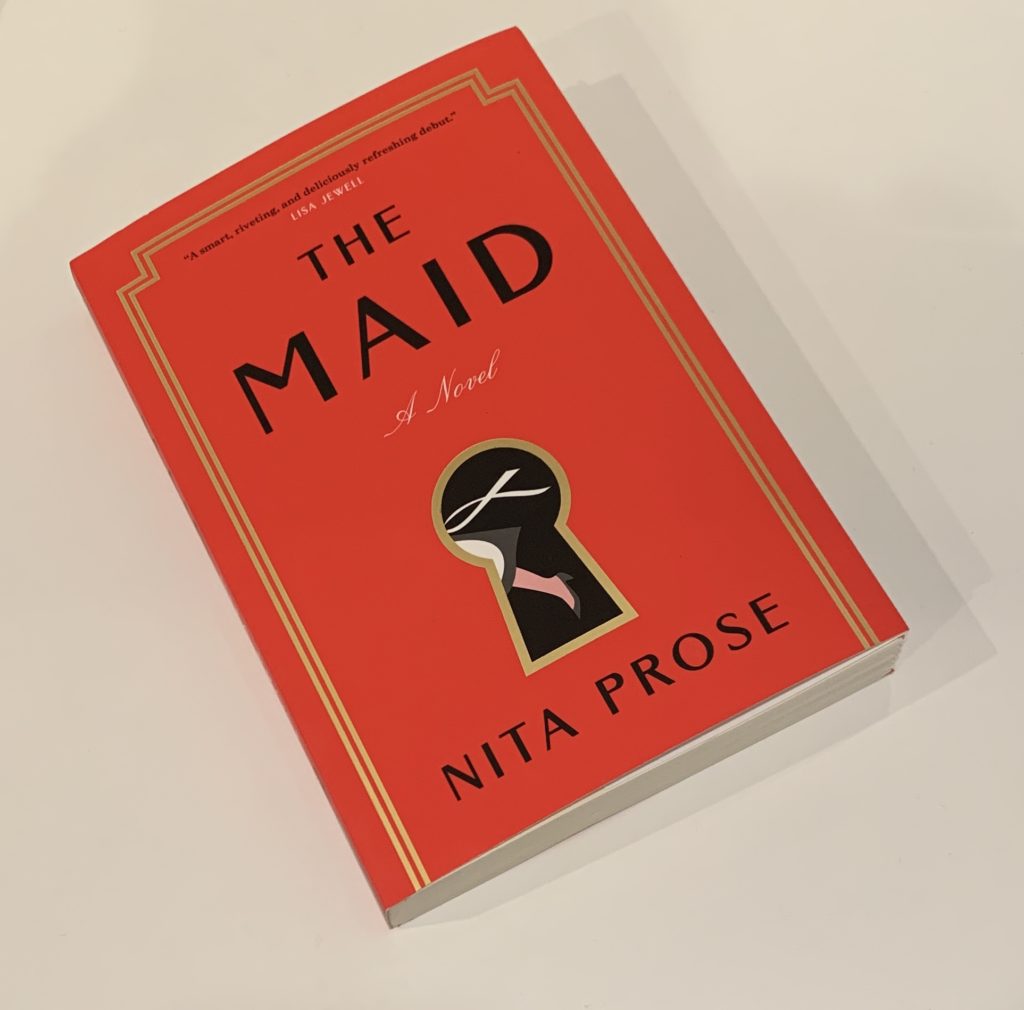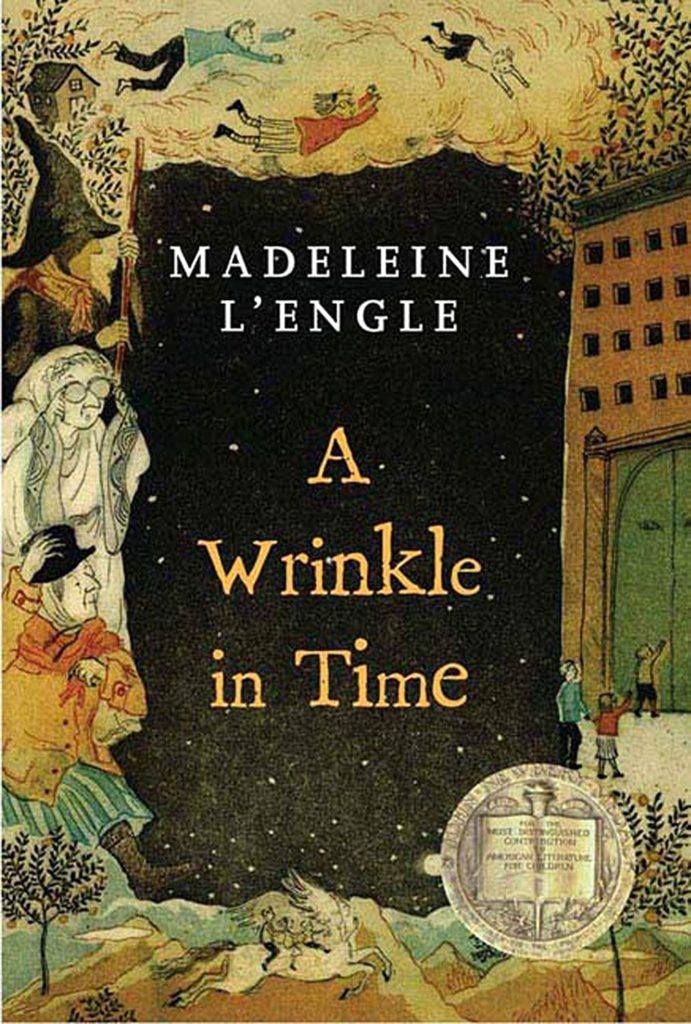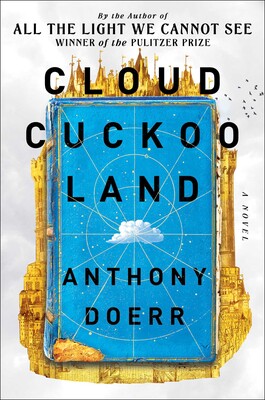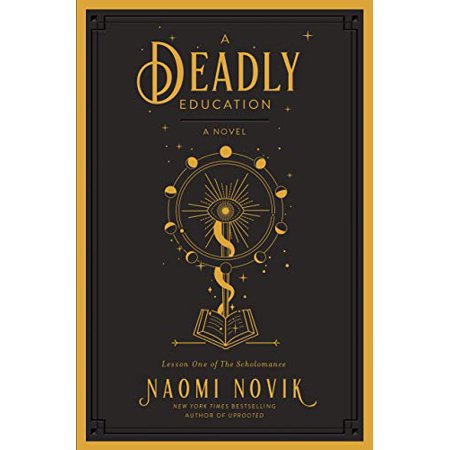
Harry Potter meets the X-men.
El is in her penultimate year at the Scholomance. The Scholomance is a bewitched school that educates young sorcerers on the fine art of surviving mals (incredibly hungry monsters that hunt magical beings).
El is not well liked. She sounds like the goth girl in high school that was rude to everybody. She’s the kind of girl who wants friends, yet can’t get passed being betrayed too often by people close to her. The problem is that the only way to really survive mal attacks is to work together. Sorcerers who graduate (aka survive) the school tend to live in enclaves (closed communities who protect each other).
Well turns out Galadriel (El) is an all-powerful wizard who is trying to hide her powers because they are mostly the evil-doing, super dangerous kind. Some kids at the school are really good at making things, others are good at forming protective spells. El is good at bringing down reins of terror. Her grandmother’s prophecy says that El is a burdened soul and will bring death and destruction to all the enclaves in the world if she isn’t stopped. Oops. Well good thing she’s the daughter of a well-loved healer. El is working hard to fight against the prophecy. She’s does things by the book in order to not turn evil. She fights against her powers by thinking through every little spell (her powers are a bit like asking a genie for a wish in that she’s going to get the evil outcome of a spell vs. the benign one her classmates might get).
El is used to doing things on her own. But damn it all if Orion Lake won’t stop running around the school saving everyone from mals, including her.
If El is the goth girl then Orion is the football hero. Of course they are destined to be friends. But that path is full of painful laughs.
Sweet Valley High or Archie meets Harry Potter and the X-Men?
I loved it.
